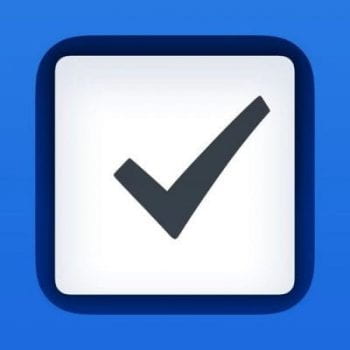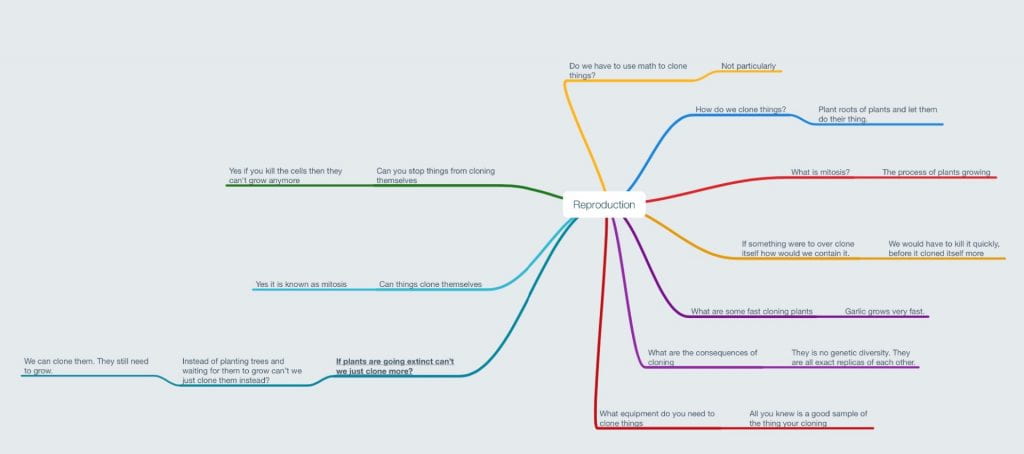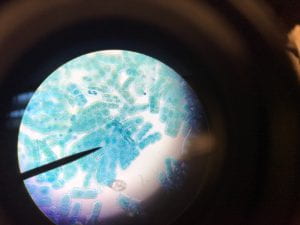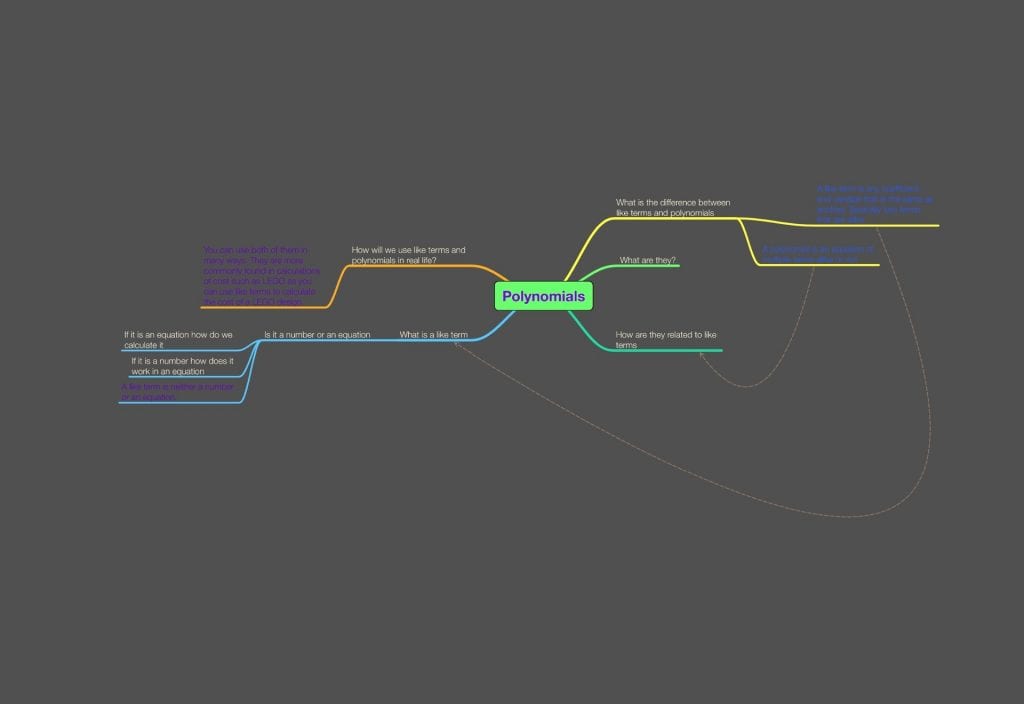Hello there and welcome to my last blog post this year. This post is about blue sky. If you don’t know what we do for blue sky click here to read my last blue sky post.
Just like last spring exhibition we followed the launch cycle to create our projects. The launch cycle is a very useful acronym that stands for; L. (Look, listen, learn) A. (Ask tons of questions) U. (Understand the problem) N. (Navigate ideas) C. (Create a prototype) H. (Highlight and fix). If some of the letters meanings are unclear watch this video to get a better understanding of the cycle.
L – Look, Listen, Learn
This is the brainstorming phase. We were given prompt questions and tasks that would help us decide what to make. In this phase I decided to create a mind map to plot out my ideas. You’ll notice that my idea isn’t on this mind map.
A – Ask Tons Of Questions
In this phase we had to ask questions about our idea. By this time I still hadn’t come up with an idea yet. But I made a timeline so that once I had an idea I already layed out a plan to comeplete it.
U – Understand the Problem
It was right around here that our project pitch forms were due. Fortunately I had finally come up with an idea. My idea was to make a napkin box for tissue to reduce the amount of tissues that parents had to pick up from their little child. I completed the pitch form and soon after interviewed my grandma for her input on my idea.
N – Navigate Ideas
This phase was about organizing my ideas. The idea of this phase was to help you sort your ideas out if you had a lot. Unfortunately for me I already had a very clear idea of what I wanted to do so this phase is hard to show. I used post it notes to help organize the few different ideas I had.
C – Create a Prototype
We were supposed to do 5 different types of prototypes but my time management was quite off and I had some major things back up. So I didn’t get around to doing this stage until 2 days before the exhibition. So I only had time to create 1 prototype and fix it the next day.
H – Highlight and Fix
This phase was the final one before presenting my product to a live audience. The only major change was that I added ribbon to the box to make sure it stayed closed when you would withdraw napkins from it.
Night of
As with all exhibitions we were put into groups based on our products. We had to have a running theme throughout our area that tied in with all of our projects. I was put into the home products section. We attempted to turn the hallway into a house and our project were all supposed to be the different rooms of the house. I say attempt because it did not go good at all. But it wasn’t that bad as we had the best food out of everyone there and our projects mattered more then our room theme.
If you would like to see my launch portfolio, the thing I presented on the night of the exhibition it is right below.
Reflection
It definitely helped this year having 3 exhibitions of experience under my belt as we also had to take charge and lead the gr. 8’s in the setting up of our rooms. I once again need to manage my time better as I should of made more prototypes. All in all I thought this blue sky was the best one yet.
Thats all for now. See you next year!
-Emerson


































